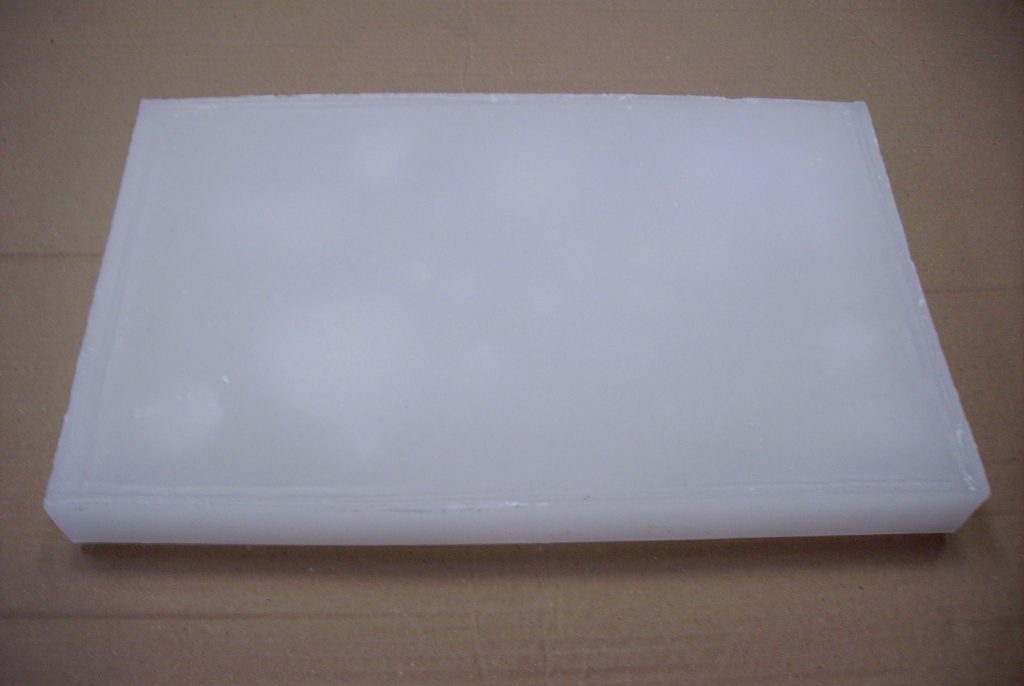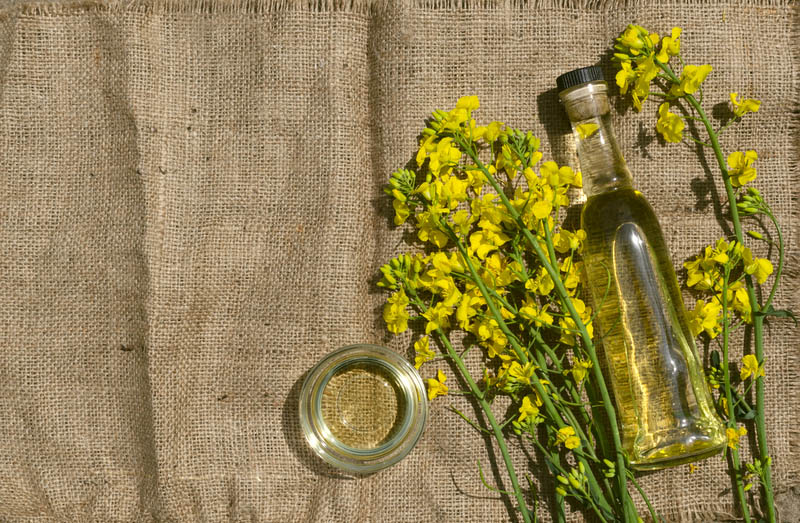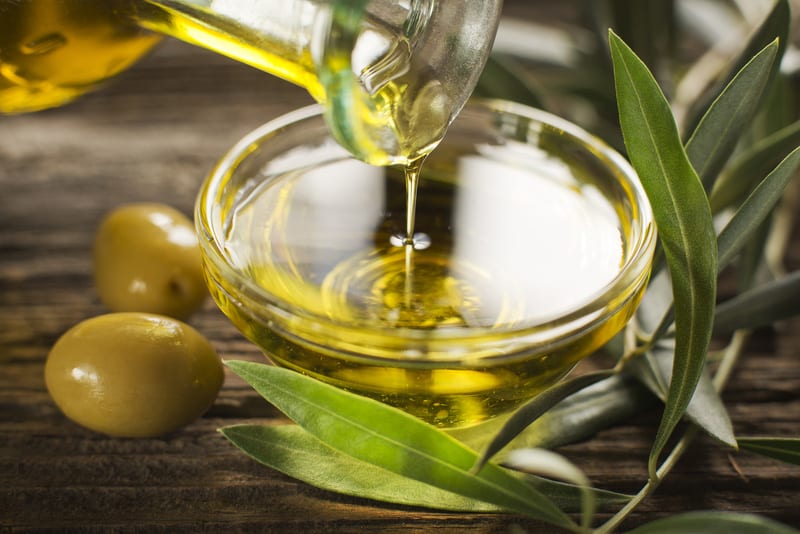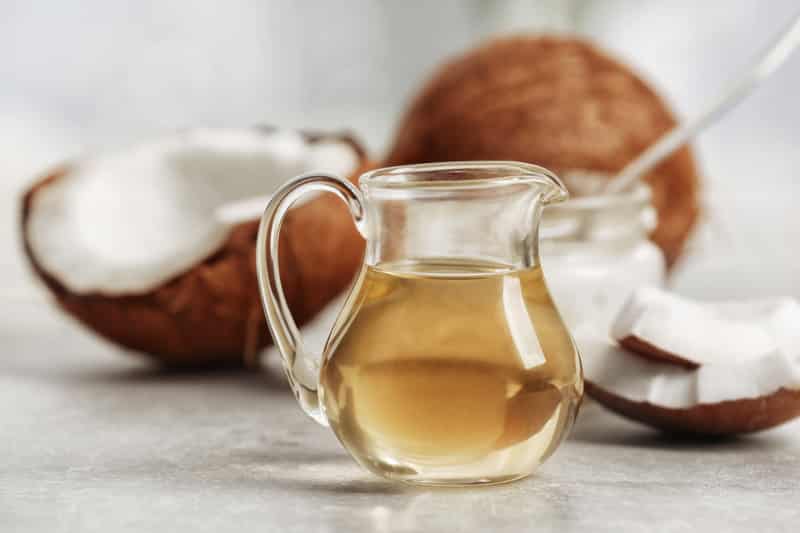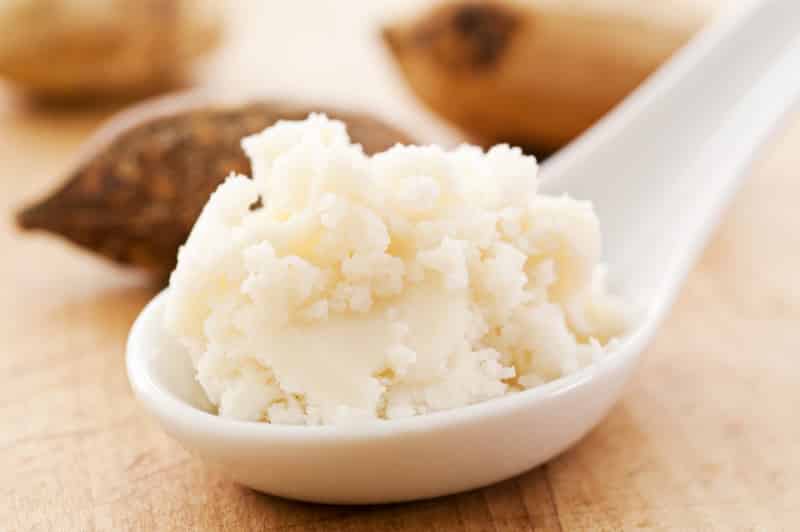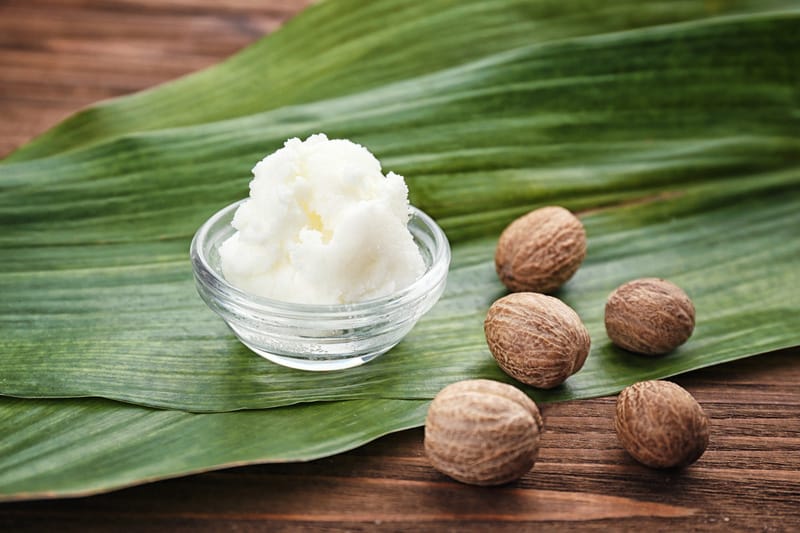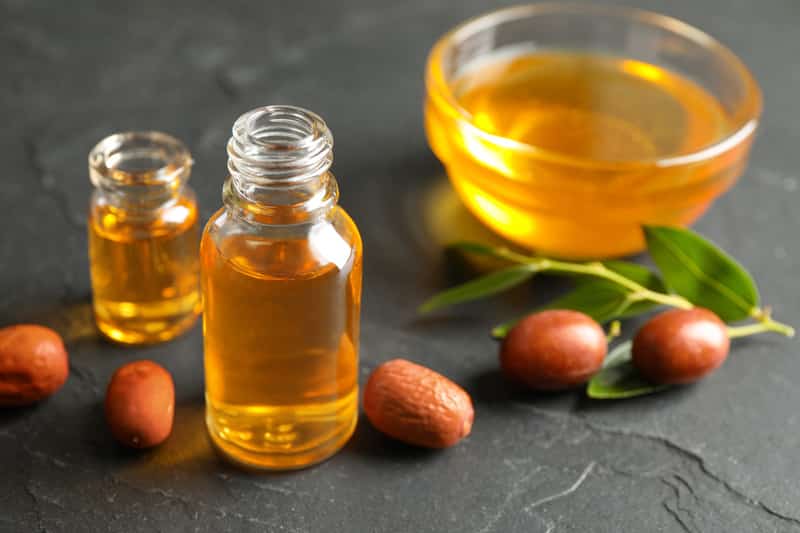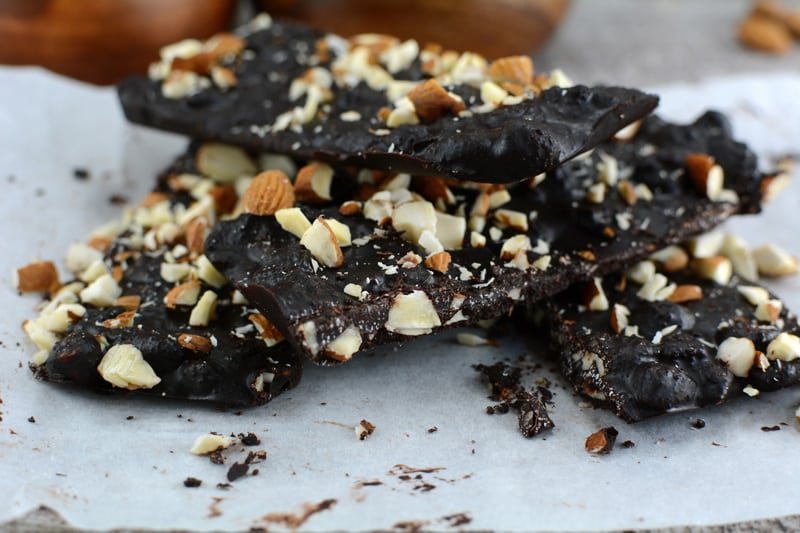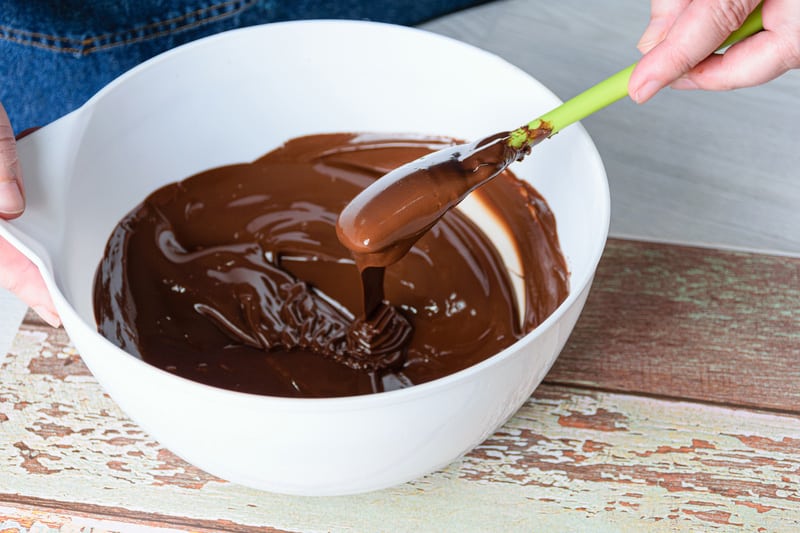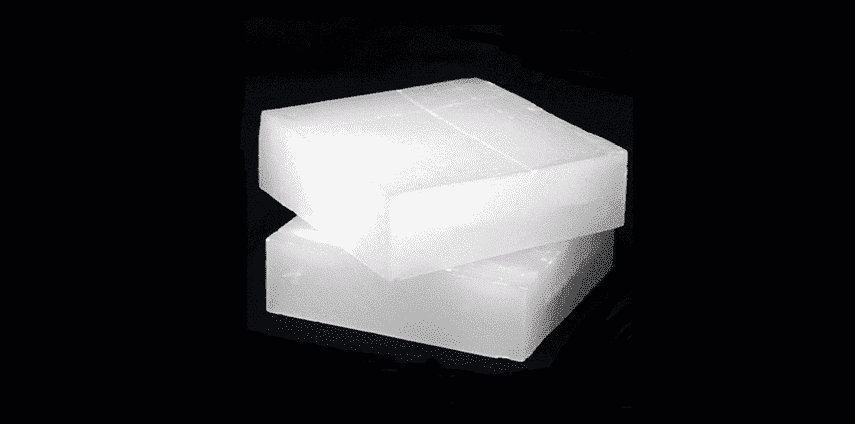
Paraffin is a hydrocarbon that is made when crude oil is processed into petroleum products. This synthetically developed byproduct has a lot of utility when it comes to making desserts, candies, skincare products and so much more.
Food grade paraffin is safe for human consumption and is widely used in the food industry. Paraffin, due to its shiny nature, is often used for coating chocolates and other cocoa products.
Most candies have a layer of paraffin on top which gives them the fine finishing which is essentially what attracts so many people. Commonly, chefs apply paraffin on top of most edibles to make them more presentable.
However, it is rarely used as the primary cooking ingredient in different dishes. Except for some specific brands of jellies, most dishes don’t use paraffin as a primary ingredient. Even in jellies, paraffin is mainly used after a variety of refined techniques and using specialized machinery.
Along with its culinary use, paraffin is also famous for cosmetic purposes. You can soften dry hands and feet using paraffin, and it’s been used for many ages. Even today, there are plenty of different creams and ointments that contain paraffin, and for good reason.
Medically, paraffin immersion is beneficial for joint pain and contractures. As you can imagine, paraffin is incredibly versatile and is used in a wide variety of different dishes.
Paraffin Substitutes
Now, why would someone look for paraffin substitutes? Maybe because Halloween is around the corner, and you intend to make your candy this year? Or are you a home-based baker who’s critical about food allergies?
Well, whatever the case, maybe, we’ve compiled a few substitutes for you that would perfectly do the job. All of the substitutes mentioned below are an ideal choice if you can’t find paraffin in your area.
- Canola Oil
Canola oil is a commonly used ingredient around the globe for cooking. This is one of the most readily available cooking oils around the world. Canola Oil is an excellent replacement for Paraffin because it is readily available.
Paraffin is generally used to coat chocolates to bring that fancy shine. You can easily shine use a bit of canola oil to bring out that shine. All you have to do is wait for your chocolate to set. Place it on butter paper and brush it with a little bit of canola oil, just until it develops that sheen.
Refrigerate your chocolate afterward, and you’ll feel like you never made any changes to the recipe!
Who isn’t familiar with olive oil? Like most oils, olive oil is dense in nutrients, great for skin and hair, and easy to find anywhere in the world.
Olive oil tends to stay liquid at room temperature, unlike coconut oil, so it might not be the best stabilizer if you want to replace paraffin as a primary binding constituent. Still, it is excellent for coating and covering baked goods or chocolates.
- Coconut Oil
Coconut oil is also used for making candies, chocolates, and mini desserts. Given its chemistry, coconut oil tends to harden perfectly fine once cooled, making it ideal for making chocolates or products that need to maintain shape.
When using coconut oil instead of paraffin, keep in mind that the latter is tasteless, while coconut oil has a rich appreciable coconut aroma. Try not to use too much coconut oil; otherwise, everything will end up tasting like coconuts, and we’re sure you don’t always want that.
- Vegetable shortening
Vegetable shortening works as a brilliant stabilizer and is easy to work with at room temperature. Most chocolate recipes turn out perfectly fine when you use vegetable shortening in place of paraffin. Be very careful not to overcook your shortening if your recipe demands a little extra time on the stove.
- Shea Butter
Shea butter is very rich in nutrients and comes from fat-rich sources like nuts. It is incredible for dry skin and keeps the skin moisturized for long durations.
Along with that, shea butter brings a fabulous shine to skin and hair; most good skincare brands use Shea Butter instead of Paraffin when making products for dry skin.
The best part about shea butter is that it is also safe for consumption and conveniently used for decorating candies. Be careful to get edible shea butter in case you plan on substituting it in a recipe.
More importantly, you can also find a whole bunch of ointments and lotions, and creams that now contain shea butter.
Its properties are hard to dispute; shea butter is awesome for the skin and really helps with moisturizing and getting rid of those chappy patches that tend to appear as the season begins to change.
- Jojoba Oil
Extracted from the Simmondsia chinensis plant’s seeds, jojoba oil is a great option for dry skin and really helps in improving the texture and making skin softer. Even though paraffin use is popular, don’t forget to be on the lookout for any allergies or hypersensitive responses.
Individuals who’re sensitive to aspirin, paracetamol, and other painkillers should be extra careful. Make sure to avoid excessive consumption as there is always the risk of increased toxicity in your body.
- Almond Bark
A popular alternative to using paraffin wax, especially for covering chocolates, is almond bark. Despite its name, you should know that there are no almonds used in making almond bark. In fact, this substance is made simply from partly hydrogenated vegetable oil.
Many people even prefer using it as a direct substitute for chocolates themselves, and it’s great for stabilizing the structure of your creations. For instance, if you’re making a gingerbread house, you can easily keep it stable using almond bark.
- Compound Coatings
Another popular option available to use is compound coatings. They are quite similar to almond bark, given the fact that both are made using a mixture of oils. In this case, compound coatings are generally made by mixing cocoa powder with vegetable oils.
That is one of the main reasons why so many people also prefer using this combination with other flavors as well.
If you are looking for a mixture that’s going to go well with a variety of different flavors and is generally versatile enough to be used for garnishing different types of desserts as well, you can’t go wrong with compound coatings.
- Proper Tempering
This might come as a surprise to most people, but there is also an option where you don’t use anything at all. Remember, if you are going to use paraffin primarily for setting the chocolate, you can do this by paying close attention to detail as well.
Tempering is the art of setting the chocolate properly and making sure that the sides are shored. Essentially, all of the items that you use are considered additives, so there’s always the option of not using them.
Instead, by carefully melting the chocolate and letting it set in specific temperature ranges, you can ensure that the chocolate sets properly without any issues.
Of course, this is generally a difficult skill to master, and even professional bakers often have issues, but if you can do that, there’s hardly anything better.
Lastly, make sure you’re ordering your paraffin from a reliable retailer who’s selling food-grade Paraffin, the sort that is safe for consumption in the human body.
